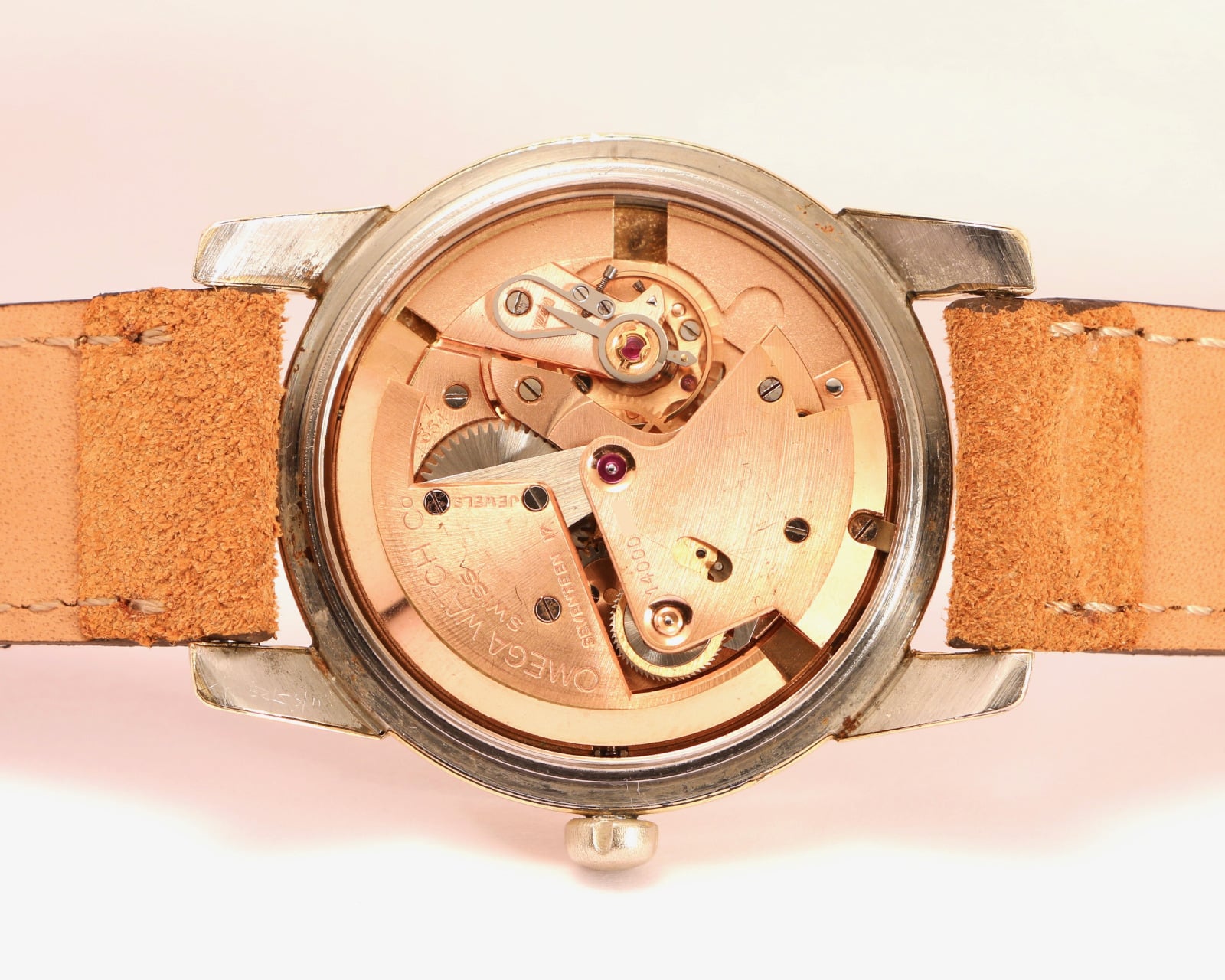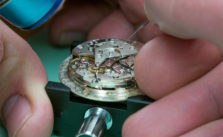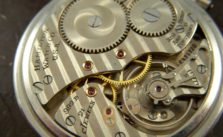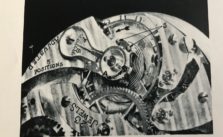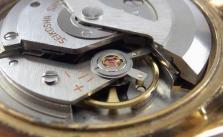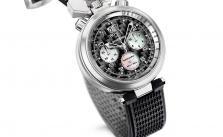Markings on the watches
Marking generally used for Karat Gold, Gold Filled, Rolled Gold Plate, Silver and Stainless metals used in watch cases. “Karat” is a measure of fineness – 24 karat is fine gold. One karat equals 1/24, thus 14 karat gold is 14/24 fine gold and the balance of 10/24 is alloy. The usual alloy metals are silver, copper, zinc and nickel.
Karat Gold (abbreviations 10k, 14k, etc.)
Cases stamped 10 Karat (10k), 14 Karat (14k), 18 Karat (18k) are sometimes spoken of as solid gold cases. Colors of gold can be yellow, red or pink, green and white.
- Red Gold (Pink gold). Gold alloyed with copper.
- White Gold. Gold alloyed with a white metal – usually nickel or palladium in sufficient quantity to efface the yellow color.
- Green Gold. Gold alloy containing a relatively high proportion of silver.
Gold Filled
This term refers to articles made of base metal, upon one or more sides or surfaces of which a shell of Karat Gold is affixed. The term “Gold Filled” is used when the karat gold covering the article is 1/20 or more of the total weight. For example: 1/10 – 14 gold filled.
Rolled Gold Plate
Same as gold filled, expect for thinner platings. In both cases the gold must be of at least 10 Karat fineness and the fractional karat gold content must be shown. For example: 1/30 10k
Gold Electroplate
Usually made by electrolytically depositing fine gold on base metal.
Silver
Sterling silver contains 925 parts fine silver with 75 parts some other metal, usually copper.
U.S.A Coin silver is 900 parts silver, 100 parts copper.
Nickel Silver – German Silver – Silverine – Silveroid – etc.
So called because of some color resemblance to the precious white metal, not because of any silver content.
Stainless metal
Generally used for backs of watch cases using R.P.G bezel or for water-resistant cases.
